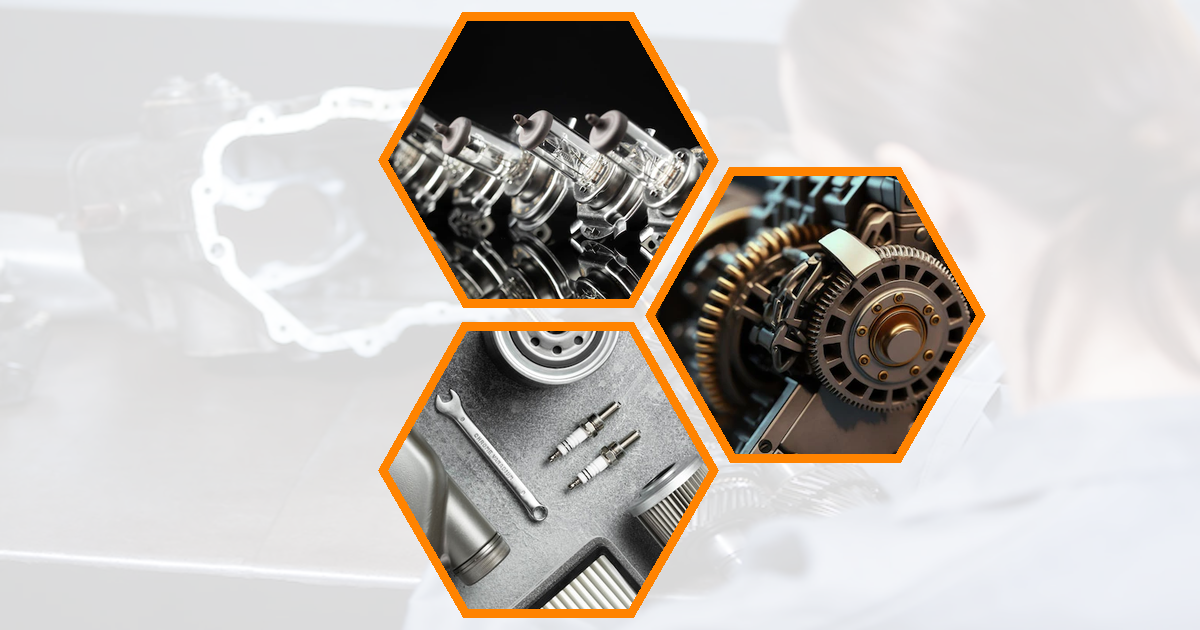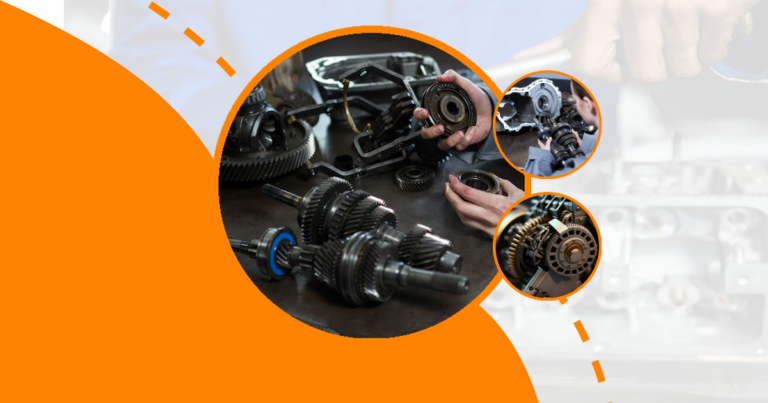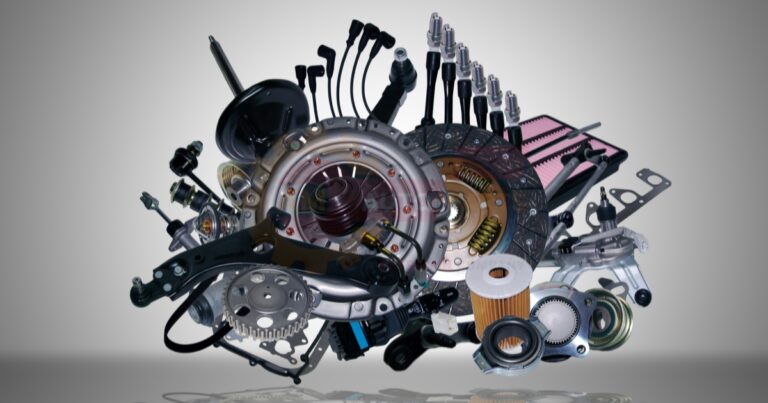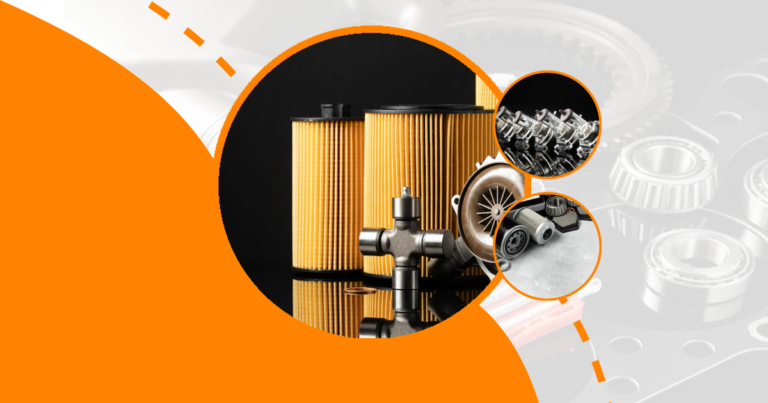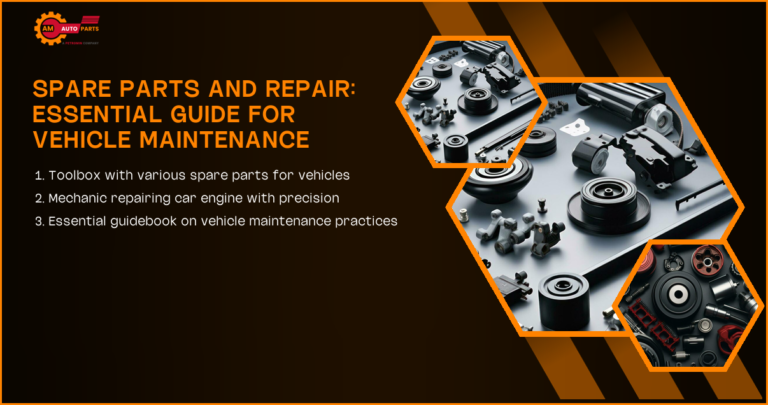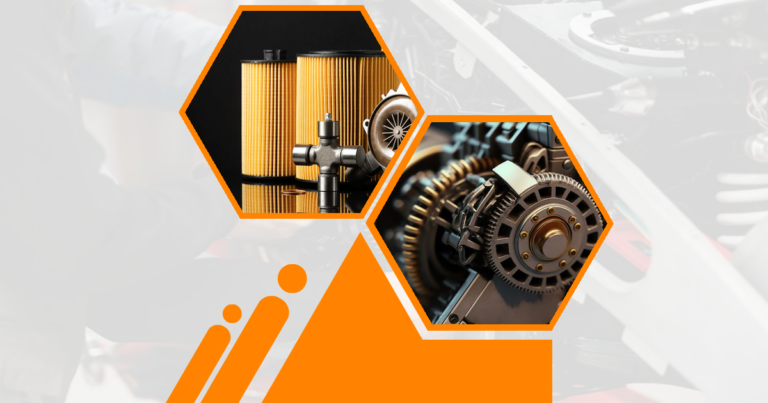The automotive industry is on the brink of a transformative era, with 2025 set to be a pivotal year. As we delve into the future outlook and market analysis, it’s crucial to understand the trends shaping this dynamic sector. From electric vehicles to autonomous driving, the landscape is evolving rapidly, offering both challenges and opportunities for B2B buyers.
Electric Vehicle Adoption and Market Growth
Global EV Sales Projections for 2025
The electric vehicle (EV) market is poised for exponential growth by 2025. Analysts predict that global EV sales will surpass 10 million units, driven by increasing consumer demand and supportive government policies. This surge is expected to account for a significant portion of the overall automotive market, highlighting the shift towards sustainable transportation.
Infrastructure Development for Charging Stations
To support the burgeoning EV market, infrastructure development is crucial. By 2025, the number of charging stations worldwide is projected to increase significantly, ensuring that EV owners have convenient access to charging facilities. This expansion is essential for alleviating range anxiety and promoting widespread EV adoption.
Battery Technology Advancements
Advancements in battery technology are pivotal to the future of electric vehicles. By 2025, we anticipate significant improvements in battery efficiency, cost, and lifespan. These innovations will make EVs more affordable and practical for everyday use, further accelerating their adoption.
- Projected EV sales : Over 10 million units by 2025
- Charging stations : Significant global increase
- Battery advancements : Improved efficiency and cost
Autonomous Vehicles Reshaping the Automotive Landscape
Level 4 and 5 Autonomy Progress
Autonomous vehicles are set to revolutionize the automotive industry. By 2025, we expect significant progress in Level 4 and 5 autonomy, with more vehicles capable of fully autonomous operation. This advancement will redefine transportation, offering enhanced safety and convenience.
Regulatory Challenges and Solutions
The path to autonomous vehicles is fraught with regulatory challenges. Governments worldwide are working to establish frameworks that ensure safety and reliability. By 2025, we anticipate clearer regulations that will facilitate the integration of autonomous vehicles into everyday life.
Impact on Traditional Car Ownership Models
The rise of autonomous vehicles will impact traditional car ownership models. As shared mobility services become more prevalent, consumers may opt for on-demand transportation rather than owning a vehicle. This shift will have profound implications for the automotive market.
- Autonomy levels : Progress in Level 4 and 5
- Regulatory frameworks : Developing solutions
- Ownership models : Shift towards shared mobility
Connected Cars and IoT Integration
Vehicle-to-Everything (V2X) Communication
Connected cars are becoming increasingly sophisticated, with Vehicle-to-Everything (V2X) communication at the forefront. By 2025, V2X technology will enable vehicles to communicate with each other and their surroundings, enhancing safety and efficiency on the roads.
In-Car Infotainment Systems Evolution
In-car infotainment systems are evolving rapidly, offering a seamless blend of entertainment and connectivity. By 2025, these systems will be more integrated with IoT devices, providing a personalized and immersive driving experience.
Cybersecurity Concerns in Connected Vehicles
As vehicles become more connected, cybersecurity concerns are paramount. By 2025, the industry will focus on developing robust security measures to protect against cyber threats, ensuring the safety and privacy of vehicle occupants.
- V2X communication : Enhanced connectivity
- Infotainment systems : IoT integration
- Cybersecurity : Focus on protection
Shift Towards Online Vehicle Purchases
Digital Showrooms and Virtual Test Drives
The automotive retail landscape is shifting towards digital platforms. By 2025, digital showrooms and virtual test drives will become commonplace, allowing consumers to explore and purchase vehicles online with ease.
Direct-to-Consumer Sales Models
Direct-to-consumer sales models are gaining traction, bypassing traditional dealerships. By 2025, more automakers will adopt this approach, offering a streamlined and personalized buying experience.
Impact on Traditional Dealerships
The rise of online vehicle purchases will impact traditional dealerships. By 2025, dealerships will need to adapt by offering enhanced services and experiences to remain competitive in the evolving market.
- Digital platforms : Rise of online purchases
- Sales models : Direct-to-consumer growth
- Dealerships : Need for adaptation
Automotive Parts Market Expansion
Aftermarket Growth Opportunities
The automotive parts market is set for expansion, with significant growth opportunities in the aftermarket sector. By 2025, demand for replacement parts and accessories will increase, driven by the aging vehicle fleet and consumer interest in customization.
3D Printing in Parts Manufacturing
3D printing technology is revolutionizing parts manufacturing. By 2025, it will enable faster and more cost-effective production of automotive components, offering flexibility and innovation in design.
Sustainable Materials in Auto Parts Production
Sustainability is a key focus in auto parts production. By 2025, the industry will increasingly use sustainable materials, reducing environmental impact and meeting consumer demand for eco-friendly products.
- Aftermarket : Increased demand
- 3D printing : Innovative manufacturing
- Sustainability : Eco-friendly materials
Chip Shortage Impact on Auto Manufacturing
Strategies to Mitigate Supply Chain Disruptions
The global chip shortage has significantly impacted auto manufacturing. By 2025, automakers will implement strategies to mitigate supply chain disruptions, such as diversifying suppliers and increasing inventory levels.
Investment in Domestic Semiconductor Production
To address the chip shortage, investment in domestic semiconductor production is crucial. By 2025, we expect increased efforts to establish local manufacturing facilities, reducing reliance on foreign suppliers.
Long-Term Effects on Vehicle Pricing
The chip shortage will have long-term effects on vehicle pricing. By 2025, we may see increased prices due to higher production costs, impacting consumer purchasing decisions.
- Supply chain : Mitigation strategies
- Semiconductor production : Domestic investment
- Pricing : Potential increases
Micromobility and Its Influence on Urban Transportation
Integration with Public Transit Systems
Micromobility solutions, such as e-scooters and bikes, are transforming urban transportation. By 2025, these solutions will be integrated with public transit systems, offering seamless and efficient travel options.
Last-Mile Delivery Solutions
Micromobility is also revolutionizing last-mile delivery. By 2025, businesses will increasingly use micromobility solutions for efficient and sustainable delivery services in urban areas.
Regulatory Frameworks for Micromobility
The growth of micromobility requires robust regulatory frameworks. By 2025, governments will establish guidelines to ensure safety and accessibility, promoting the responsible use of micromobility solutions.
- Public transit : Integration with micromobility
- Delivery solutions : Efficient last-mile options
- Regulations : Safety and accessibility
Luxury Car Segment Growth and Innovation
Personalization and Customization Trends
The luxury car segment is experiencing growth, driven by personalization and customization trends. By 2025, consumers will seek unique and tailored vehicles that reflect their individual preferences.
Sustainable Luxury Vehicle Concepts
Sustainability is becoming a key focus in the luxury car segment. By 2025, automakers will introduce sustainable luxury vehicle concepts, combining opulence with eco-friendly features.
Digital Experiences in Premium Automobiles
Digital experiences are enhancing the appeal of premium automobiles. By 2025, luxury vehicles will offer advanced digital features, providing a seamless and immersive driving experience. Automotive supplier vetting helps car companies choose good parts makers It makes sure the suppliers can provide quality parts on time for building cars Aftermarket market penetration strategies focus on selling products to customers after they have already bought a main item Companies use these strategies to offer extras or replacements that work with what people already own
Vehicle direction controller The Automotive fraud prevention helps stop people from cheating when buying or selling cars It protects both buyers and sellers from tricks and scams in the car business
Crankshaft camshaft differentiation A crankshaft turns the up-and-down motion of pistons into spinning motion while a camshaft controls the opening and closing of engine valves Camshaft valve timing controls when engine valves open and close This timing affects how well the engine breathes and performs
Vibration dampening mechanism helps reduce shaking and noise in machines and vehicles It makes things run smoother and quieter by absorbing unwanted movement Brake components compared Different parts of brakes are looked at side by side to see how they work and which ones are better for different types of cars and driving needs
- Customization : Personalized vehicles
- Sustainability : Eco-friendly luxury
- Digital features : Enhanced experiences
Automotive Industry Trends, 2025 Future Outlook, and Market Analysis: Key Takeaways
Technological Advancements Driving Industry Transformation
Technological advancements are at the heart of the automotive industry’s transformation. By 2025, innovations in EVs, autonomous vehicles, and connectivity will redefine the sector, offering new opportunities for growth.
Shifting Consumer Preferences and Behaviors
Consumer preferences and behaviors are shifting towards sustainability and convenience. By 2025, these trends will shape the automotive market, influencing product offerings and business models.
Regulatory Landscape Shaping Future Developments
The regulatory landscape is crucial in shaping the future of the automotive industry. By 2025, regulations will evolve to support technological advancements while ensuring safety and sustainability.
- Technology : Driving transformation
- Consumer trends : Focus on sustainability
- Regulations : Supporting innovation
FAQs
What are the biggest challenges facing the automotive industry in 2025?
The automotive industry faces several challenges in 2025, including supply chain disruptions and regulatory hurdles. The ongoing chip shortage and evolving regulations require strategic planning and adaptation. Additionally, the shift towards sustainable practices presents both challenges and opportunities for automakers.
How will electric vehicles affect the automotive market by 2025?
Electric vehicles will significantly impact the automotive market by 2025, driving growth and innovation. The increasing adoption of EVs will lead to a decline in demand for traditional internal combustion engine vehicles. This shift will also spur advancements in infrastructure and battery technology, reshaping the industry landscape.
What role will hydrogen fuel play in the future of automotive technology?
Hydrogen fuel is poised to play a crucial role in the future of automotive technology. By 2025, hydrogen-powered vehicles will complement electric vehicles, offering an alternative for long-range and heavy-duty applications. The development of hydrogen infrastructure will be essential for its widespread adoption.
What are the projected sales figures for autonomous vehicles in 2025?
Projected sales figures for autonomous vehicles in 2025 indicate significant growth, with millions of units expected to be sold. The advancement of Level 4 and 5 autonomy will drive this growth, offering enhanced safety and convenience. However, regulatory challenges and consumer acceptance will influence the pace of adoption.
How will the automotive industry address sustainability concerns by 2025?
The automotive industry will address sustainability concerns by 2025 through innovation and collaboration. Automakers will focus on developing eco-friendly vehicles and sustainable manufacturing practices. Additionally, the use of renewable energy sources and sustainable materials will be prioritized to reduce environmental impact.
